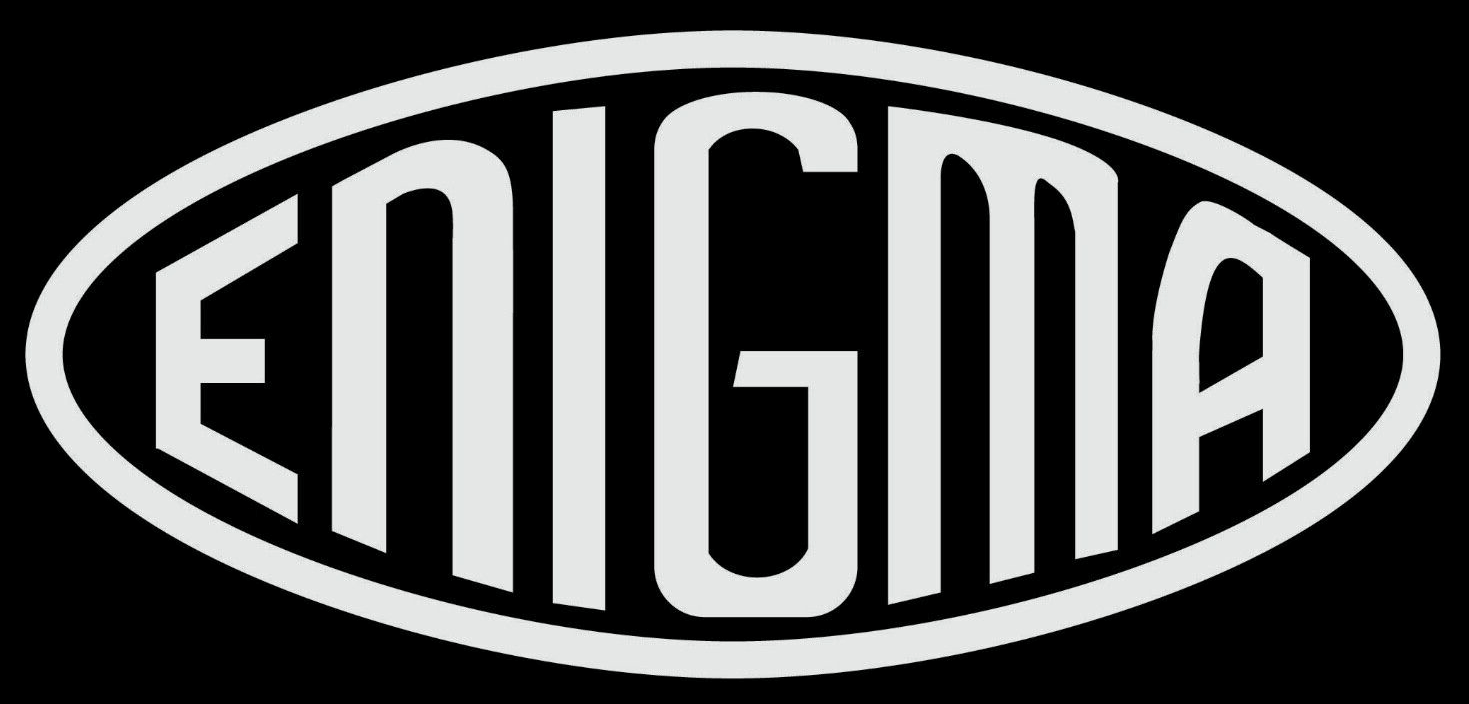German Engineering
Enigma Rotors
www.ciphermachinesandcryptology.com
The rotors (Walzen in German) are the most important elements of the machine. These round disks, approximately 4
inch in diameter, are made from metal or Bakelite and have a core with 26 spring-loaded contacts on the right side,
scramble wired to 26 flat contacts on the left side, with a hollow axle in the center.
On the outside of the wiring core there's a movable ring with 26 numbers or letters and a notch. This ring is
rotatable and is locked with a spring-loaded pin (Wehrmacht) or two spring-loaded arcs (Kriegmarine) into any of the
26 positions.
Changing the position of the ring will change the position of the notch and alphabet, relative to the internal wiring.
This setting is called the ring setting or Ringstellung and its position is visible by a dot marking. Each rotor has
on its left a notch and on its right a ratchet. These are used by the stepping mechanism to advance the rotors.
The internal wiring is different for each rotor. This wiring represents a substitution encryption. The combination of
several rotors, in ever-changing positions relative to each other, is what makes the encryption so complex.
The machine was introduced with three rotors. In 1939 the set was extended to five rotors, marked with Roman numerals I,
II, III, IV and V, all with a single notch. The Kriegmarine extended this set of rotors with another three rotors called
VI, VII and VIII, each with two notches.
In 1942, the Kriegsmarine M4 introduced a fourth rotor. To achieve this, the wide B and C reflectors from the three
rotor version were replaced by thin B and C reflectors, leaving room for the special fourth rotor. The fourth rotors
were of two configurations, named Beta and Gamma, with spring-loaded contacts on both sides, making them incompatible
with the other eight rotors.
